Persian Caravanserais Inscribed on UNESCO’s World Heritage List
The Persian Caravanserais, designated as UNESCO World Heritage Sites, stand as enduring testaments to the rich history and cultural significance of Iran’s ancient trade routes. These architectural marvels served as vital hubs along the Silk Road, facilitating trade and commerce between the East and West for centuries.
Built during the Safavid and Qajar periods, Persian caravanserais were strategically located along major trade routes, providing shelter, sustenance, and security to merchants, travelers, and their livestock. These expansive complexes typically featured a central courtyard surrounded by covered passageways, stables, lodging quarters, and amenities such as baths, mosques, and markets.
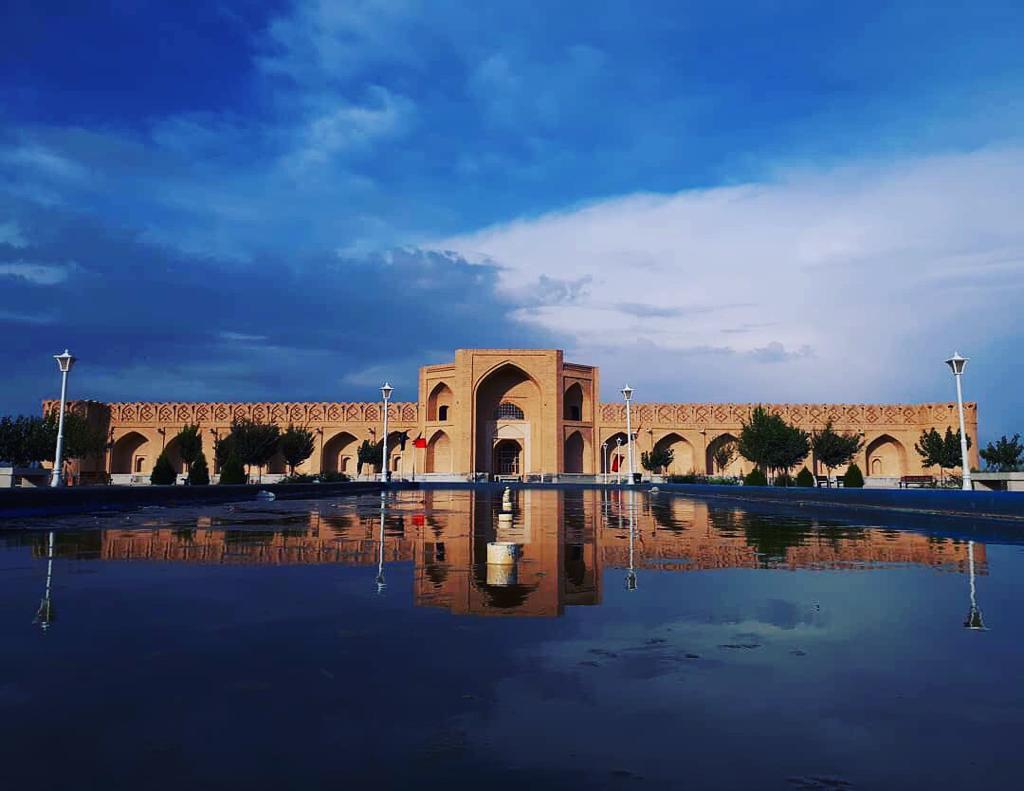
The design of Persian caravanserais reflected the ingenuity of their creators, with sturdy walls, domed ceilings, and intricate tilework that showcased the artistic prowess of Iran’s craftsmen. Despite their utilitarian function, these structures exuded a sense of grandeur and hospitality, offering weary travelers a respite from the rigors of the road.
Today, many Persian caravanserais have been restored and repurposed for modern use, serving as cultural centers, museums, and boutique hotels that provide visitors with a glimpse into Iran’s rich past. By preserving these historic landmarks, UNESCO honors the legacy of the Silk Road and celebrates the enduring spirit of cross-cultural exchange and cooperation that defined this ancient trade network.
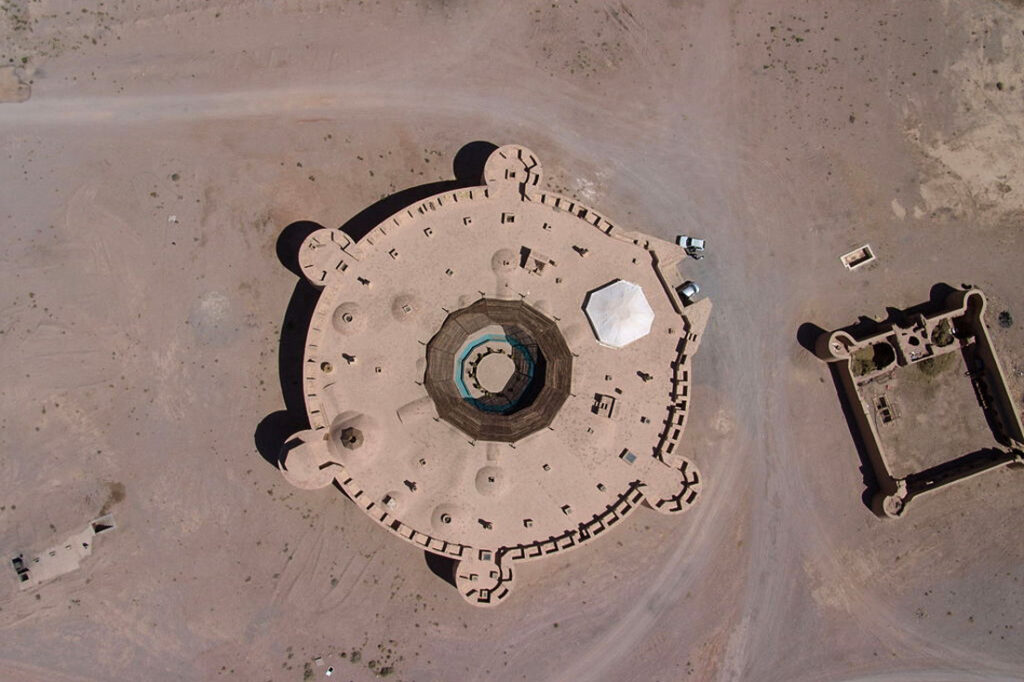

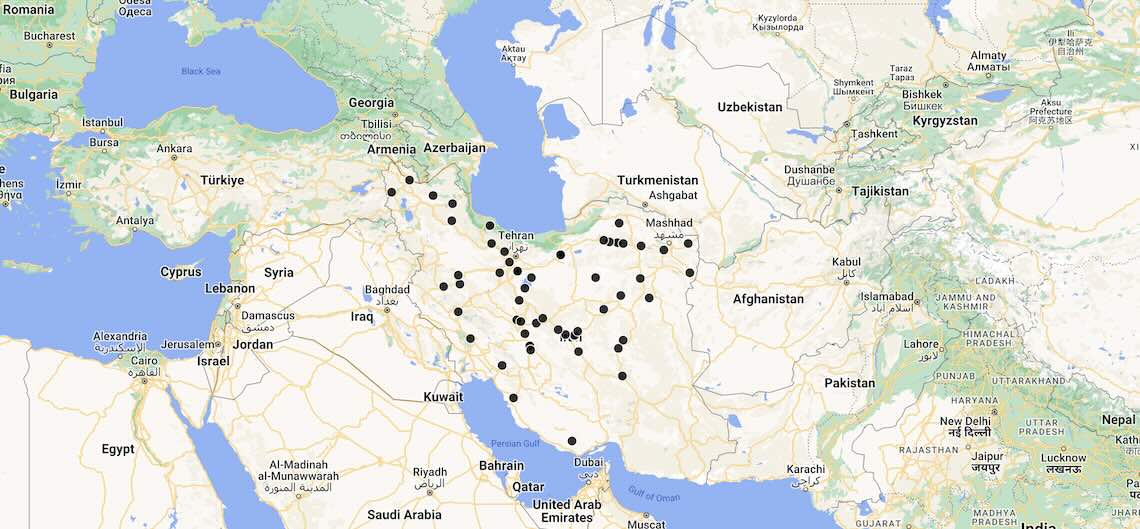
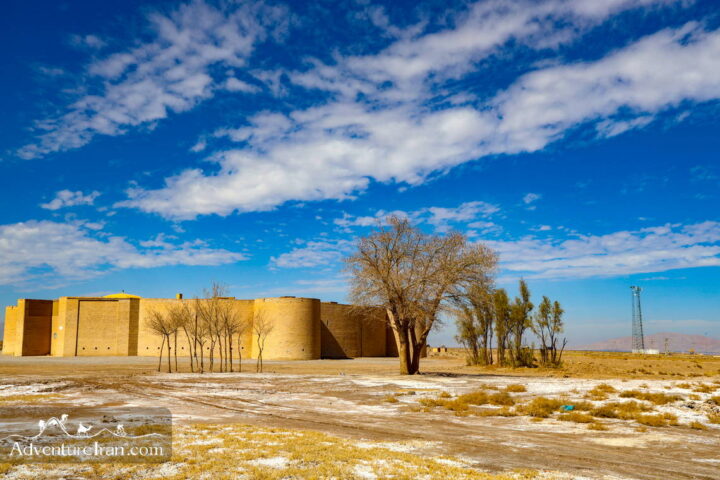
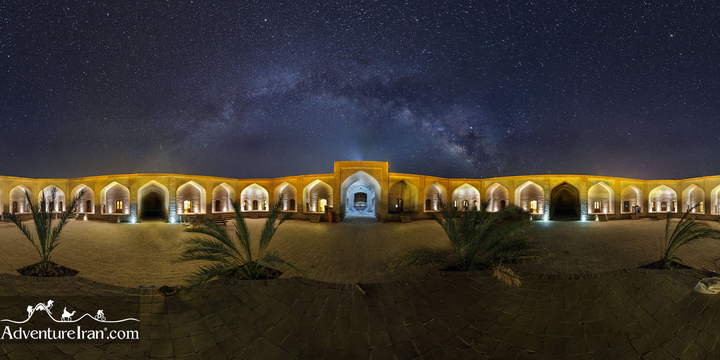
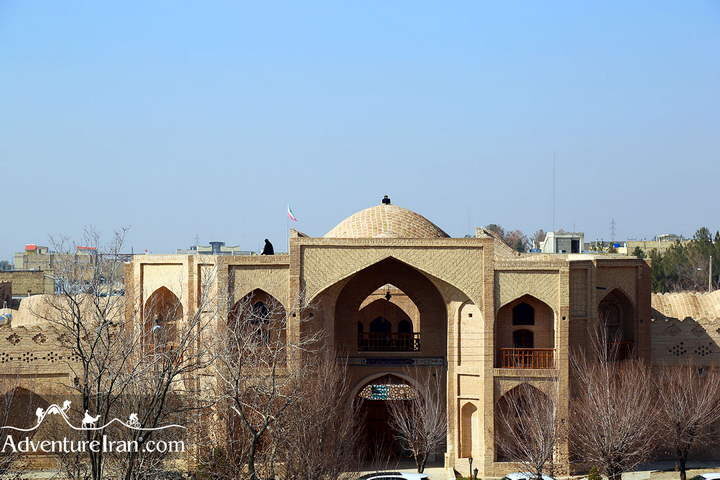
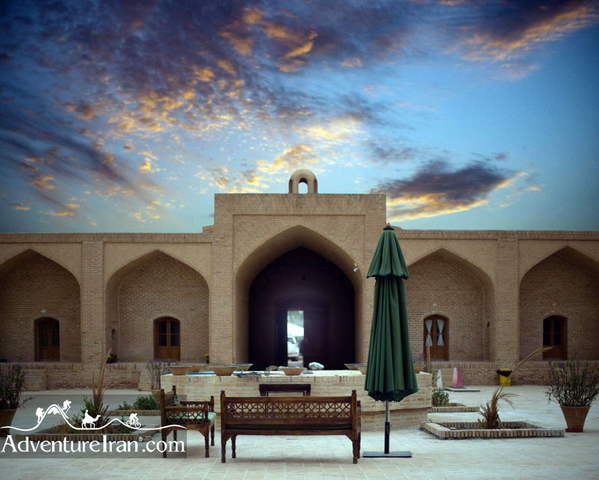
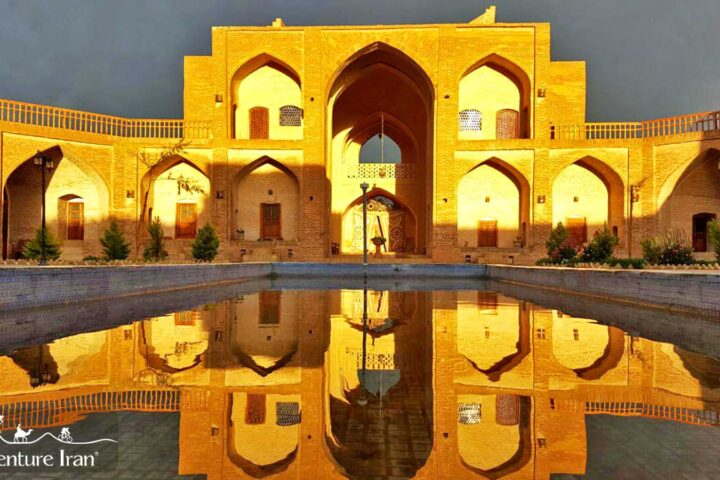
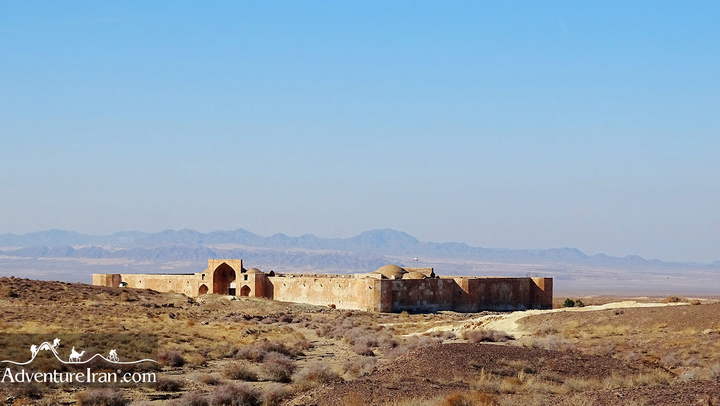
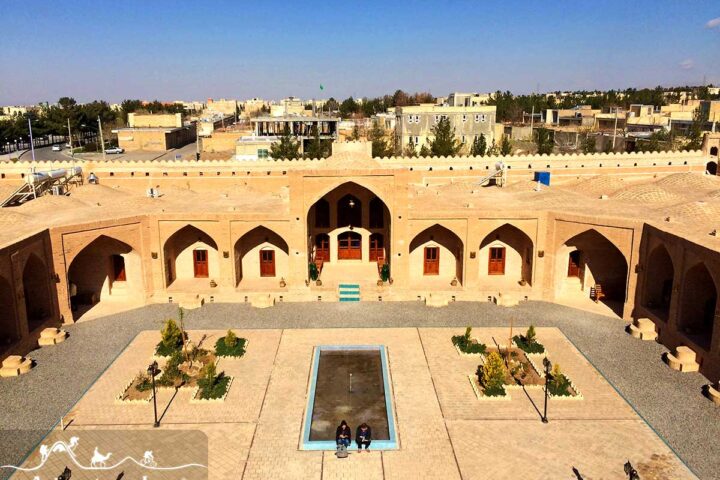
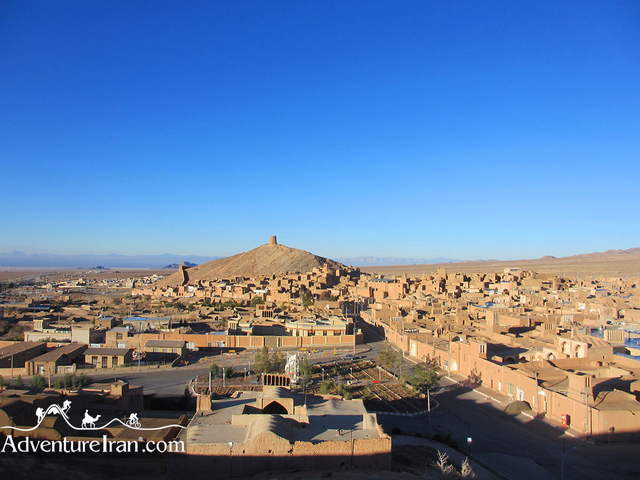

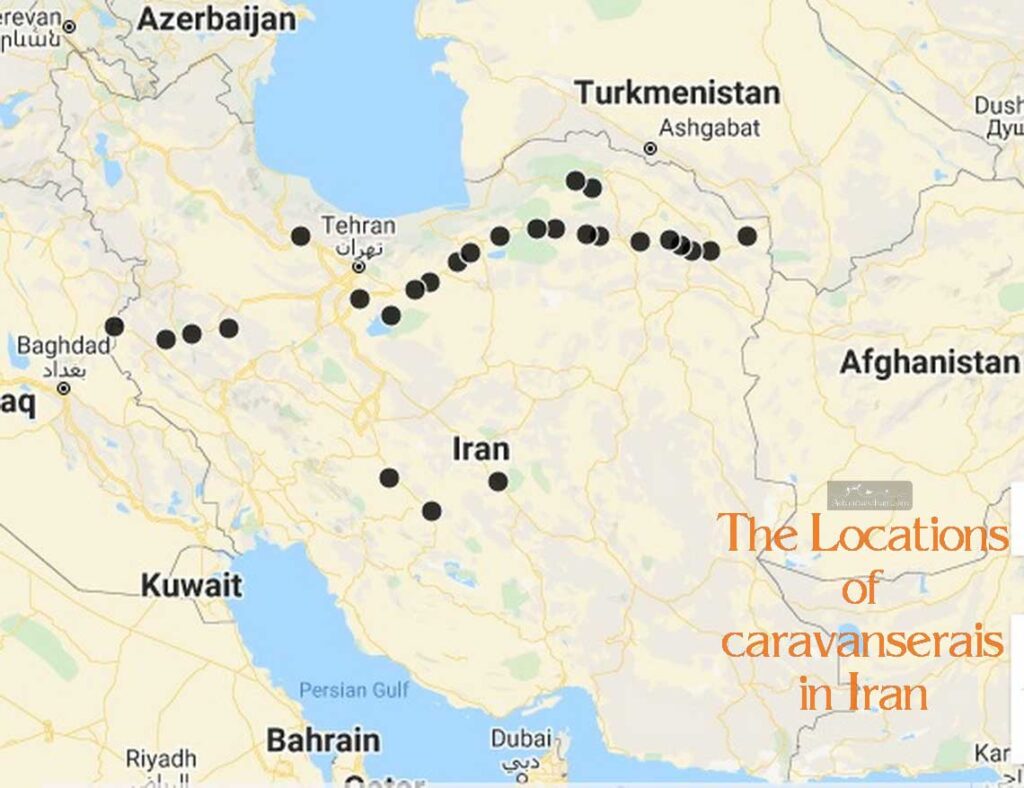
Comments